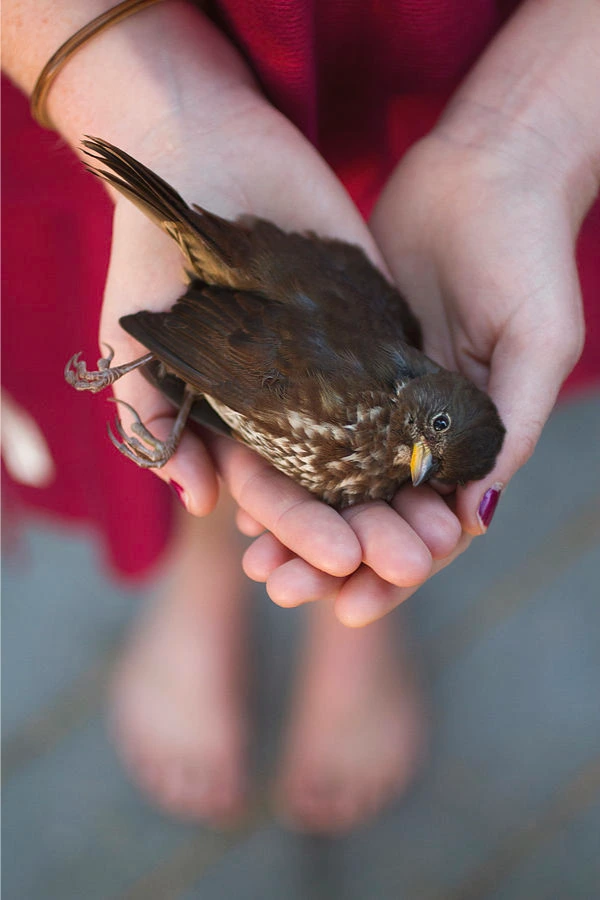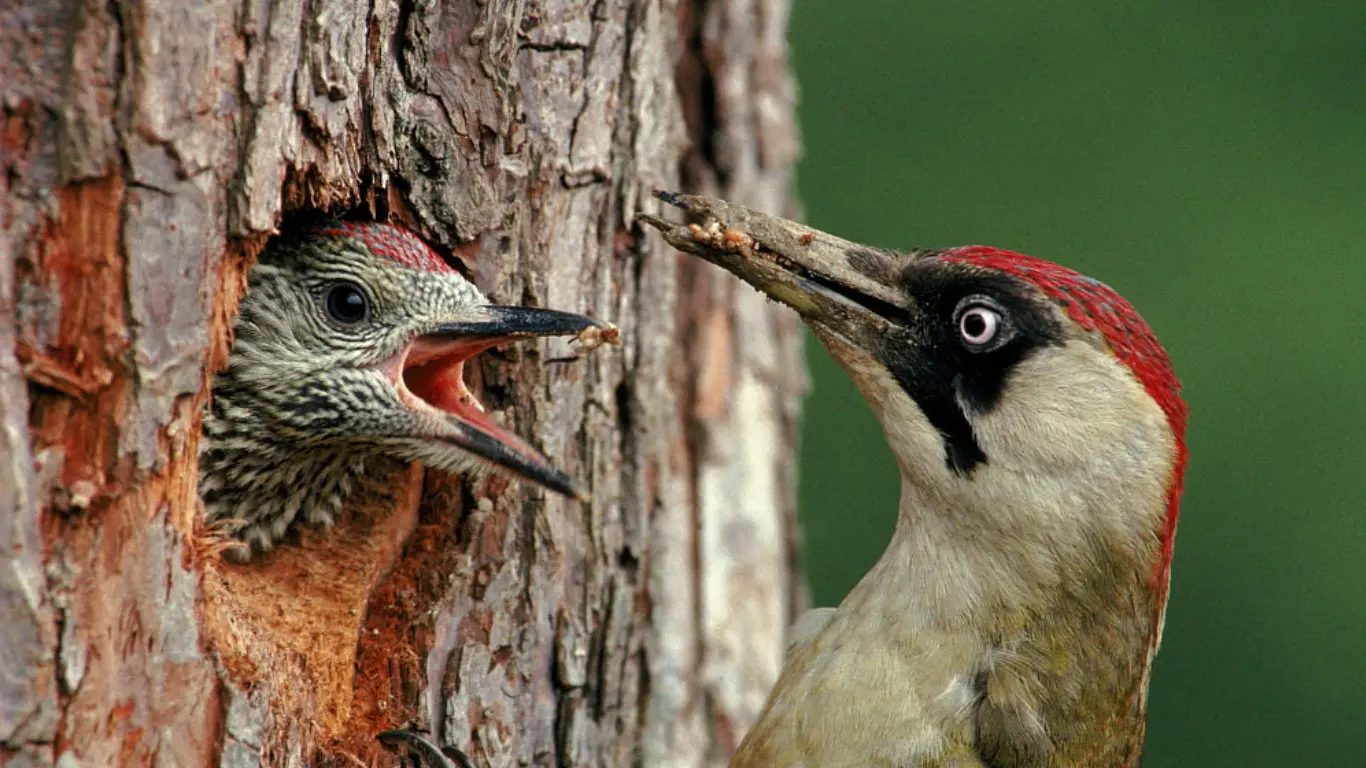I have always found woodpeckers to be interesting birds with their weird pecking behavior and the importance they bring over ecosystems. Suppot organic insect control and some nest cavities for other species They may be threatened due habitat loss, but the status of their population nonetheless has been worrying.
In this article, we will discuss the status of woodpecker populations across the world including some species, factors that are threatening them and present conservation efforts for their survival.
You will learn what woodpecker habitat looks like, how to do woodpecker identification while on the site and all about species of woodpeckers found in North America.
Global Diversity of Woodpeckers

The Woodpeckers are in the Picidae family with over 250 species that occur in practically all parts of the world excluding Australia, New Guinea, New ZealandMadagascar and the polar regions.
A wide-ranging bird found in many habitats such as dense forest to city bird.
This is one of the species, Great Spotted Woodpecker scientific name Dendrocopos major. Common in Europe and central asia characterized by its black-and-white plumage with flashes of red.
Population Estimates of Common Woodpecker Species
Understanding the population sizes of different woodpecker species provides insight into their conservation status. Here are estimates for some common species:
| Species | Estimated Population | Conservation Status |
|---|---|---|
| Ladder-backed Woodpecker | 5,500,000 mature individuals | Least Concern |
| Acorn Woodpecker | 7,500,000 mature individuals | Least Concern |
| Pileated Woodpecker scientific name Dryocopus pileatus | Stable | Least Concern |
The Pileated Woodpecker scientific name, Dryocopus pileatus, is one of the largest woodpeckers in North America and is known for its striking red crest and large size.
Types of Woodpeckers With Pictures and Identification Methods
IDifferentiating woodpecker species is important both for the purpose of conservation and woodpeckers watching in particular. In woodpecker identification experts tend to use
Plumage: The combination of colors and markings, that helps new lines of species.
Size of Woodpecker: Pileated Woodpecker (Scientific name Dryocopus pileatus), some species are even up to 19 inches in length while others including the Downy are just 6 inches.
Call and Drumming– Drumming Itself, as well as Their Call: Every woodpecker has a unique signature call and drumming pattern.
Such reference guides are frequently consulted by woodpeckers watchers when they want more accurate identification, often rooted out in books of types of birds from which one can see his own bird by matching picture marking, size and habitats.
Conservation Status of Endangered Woodpecker Species
Some woodpecker species are critically endangered or had large population declines in recent years
Red-cockaded Woodpecker : Has experienced dramatic habitat loss in southeastern U.S. Conservation status: downlisted from endangered to threatened.
Wood pecker Historically found in southeastern U.S., currently presumed extinct —Family: Iguccregationcle Xiphacara lirbjjaretta Conservation status:
Imperial Woodpecker — once found only in Mexico, this bird is presumed extinct due to deforestation and hunting, which have driven it Critically Endangered
What Do Woodpeckers Eat?
A common question among bird enthusiasts is, what do woodpeckers eat? These birds primarily feed on:
- Insects and Larvae: Woodpeckers use their strong beaks to drill into tree bark to find ants, beetles, and termites.
- Tree Sap: Some species, such as the Yellow-bellied Sapsucker, feed on tree sap.
- Fruits and Nuts: Acorn Woodpeckers store acorns in tree trunks for later consumption.
- Seeds and Berries: Many woodpeckers supplement their diet with berries and seeds, especially in winter when insects are scarce.
Woodpecker Habitat and Its Impact on Population
The woodpecker habitat plays a crucial role in their survival. These birds primarily thrive in:
- Forests and Woodlands: Most woodpeckers prefer areas with abundant trees for nesting and foraging.
- Swamps and Wetlands: Some species, like the Red-bellied Woodpecker, are found in swampy areas.
- Urban and Suburban Areas: Certain species, such as the Downy Woodpecker, have adapted to living near human settlements.
However, habitat destruction due to deforestation, urbanization, and climate change remains a major threat to woodpecker populations.
Conservation Efforts and Success Stories
DeSpite of the challenges faced, conservation has been successful for some species:
Forest restoration — the creation of essential nesting sites for woodpeckers as part of habitat restoration.
Legislation: There are laws in place to safeguard critical habitats and curtail activities that negatively affect woodpecker populations.
Public Involvement: Through educational programs, teach people the significance of woodpeckers and also invite them to contribute in conservation.
One such success story being the Red-cockaded Woodpecker in which, with habitat protections and artificial cavity programs the population has stabilized.
Conclusion
The woodpecker is a vital species in balancing the ecosystem by helping to control insect numbers and at the same time providing a habitat for other organisms. Compared to the past, some woodpecker populations are stable, others are suffering because of habitat loss and the two more serious issues of climate change, and humans.
Key takeaways:
North America is home to a number of woodpecker species, such as Downy, Pileated and Red-bellied.
According to woodpecker size and plum age plus individual drumming patterns to identify species.
For the Conservation — it is essential when the habitat of a species is threatened.
More work and awa..ointments ↓ Continuation of conservation effortsreness are essential to protect these incredible birds for future generations.
FAQs
How do I know which woodpecker species is on view?
Woodpecker identification guides for birdwatchers which focus on plumage, size of the woodpecker and drumming patterns!
Seasonal Food Consumption By Woodpeckers
During the summer they eat mainly insects. During the winter, what do woodpeckers eat ? Fruits, nuts seeds.
The Great Spotted Woodpecker (scientific name) is
Scientific Name of the Great Spotted Woodpecker Dendrocopos major.
Where Woodpeckers Live Most Commonly
Forest, wetland to urban but the range of woodpecker habitats varies widely
What is the biggest woodpecker species in North America ?
One of the woodpeckers North America is most known for in size is the scientific name Dryocopus pileatus commonly named Pileated Woodpecker.
